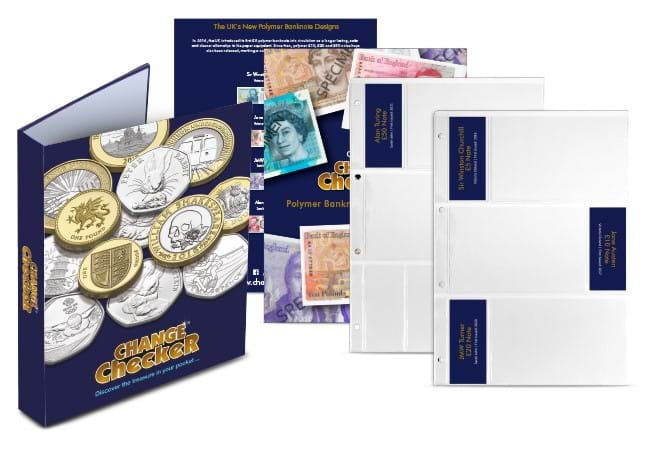General info
Portraits of our Queen – the changing face of Britain’s coinage
This year marks Her Majesty’s 95th birthday year. Queen Elizabeth II is Britain’s longest reigning monarch, with an incredible 68 years on the throne.
The first Queen Elizabeth II coins were struck in 1953 and since then five different effigies have adorned our coins.
We asked you to vote for your favourite and portrait of Queen Elizabeth II and the results are in…

1953 – 1967: Mary Gillick

The first coins of Queen Elizabeth’s reign bore Mary Gillick’s portrait of the young Queen, engraved especially for the new coins.
Her uncrowned portrait of the Queen is still used on the Maundy Money distributed each year by Her Majesty.
1968 – 1984: Arnold Machin RA

With the upcoming decimalisation, it was decided to refresh the Queen’s portrait with Arnold Machin’s new sculpture of the Queen. Commissioned in 1964, it first appeared in 1968 on the new 5p and 10p coins. A version of the design with tiara was also introduced on stamps in 1967 and remains to this day.
1985 – 1997: Raphael Maklouf
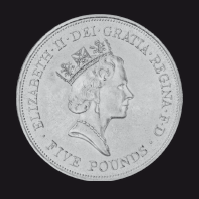
In creating his new effigy of Her Majesty, Raphael Maklouf aimed “to create a symbol, regal and ageless”.
His “couped” portrait depicts Queen Elizabeth II wearing the royal diadem favoured by her on the way to and from the State Opening of Parliament.
1998 – 2015: Ian Rank-Broadley FRBS

In 1997, a new portrait of Her Majesty was designed by Ian Rank-Broadley. Created to fill the full circle of the coin, its larger size was a deliberate response to the smaller 5p and 10p coins in circulation.
A noticeably more mature portrayal of Her Majesty, Rank-Broadley aimed to show the Queen with “poise and bearing”.
2015 – Present: Jody Clark
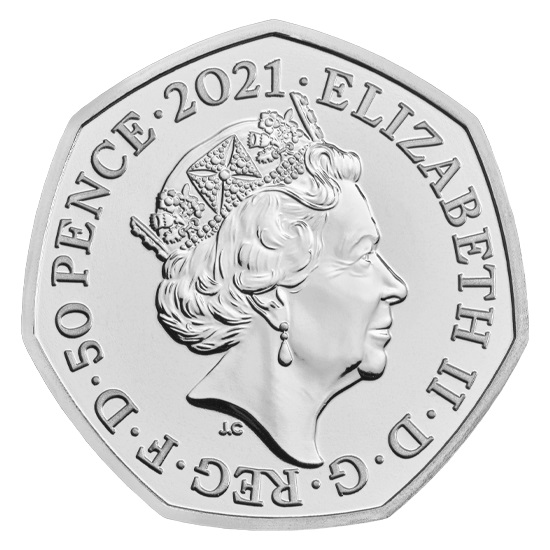
The new “heads” side of the coin was designed by Jody Clark who at 33 was the youngest person to design a monarch’s profile on the currency.
It was the first time her portrait had been modified in 17 years and has remained on our UK coinage ever since.
This was arguably the first UK coin to introduce elements of personality with a hint of a smile. Clark is the first Royal Mint employee in over 100 years to design a UK definitive coin portrait
As Queen Elizabeth II is now one of the top five longest-reigning monarchs in the world, it’s only fitting that five of her portraits appear on our UK coinage.
Your favourite portrait will be revealed next week, so stay tune to find out if your vote won!
Receive new UK coins without the hassle of placing orders on the day of release!
Join the Change Checker UK CERTIFIED BU Subscription Service and receive new UK coins sent to your door without the hassle of placing orders on the day of release!
Don’t miss your chance to get ahead of the crowd and be one of the very first collectors to receive the latest UK new issue coins as soon as possible after their release.
New UK £5 pays tribute to HRH Prince Philip
In commemoration of the life and achievements of HRH Prince Philip, Duke of Edinburgh, a UK £5 coin has just been issued.
Issued shortly after what would have been his 100th birthday and within just three months of his passing, this special tribute to Prince Philip features a portrait created by Ian Rank-Broadley FRBS that was personally approved by The Duke of Edinburgh himself.
As Britain’s longest serving Consort – the Queen’s “strength and stay” – and as former President of the Royal Mint Advisory Committee, it is only fitting that a new UK coin should be issued in his honour.
You can secure yours now in Brilliant Uncirculated quality for just £10.99 here >>
This new release become the sixth UK coin to feature HRH Prince Philip and in this blog we’ll take a look back at his life as celebrated on £5 coins, as well as the role the Duke played in shaping UK currency.
Prince Philip in Coins
The 1972 Crown issued to mark his Silver Wedding Anniversary was an understated affair. However, in 1997, the Queen and Duke of Edinburgh celebrated their Golden Wedding Anniversary, and Prince Philip featured on a UK coin for the very first time as part of a conjoined effigy on the obverse of the commemorative £5 coin. 2007 saw a similar conjoined portrait before the recent 2017 Platinum Wedding Anniversary design, which featured the Queen and Duke of Edinburgh on horseback in what can only been seen as a nod to the original 1953 Coronation Crown as well as a third conjoined portrait.

Yet it was in 2011 that Prince Philip was finally granted the greatest privilege – his own £5 Coin to celebrate his 90th Birthday – a splendid close up portrait of the Duke by Mark Richards FRBS. This was followed in 2017, with a design of the young Prince Philip by Humphrey Paget to mark Prince Philip stepping down from public duties after 70 years of service.
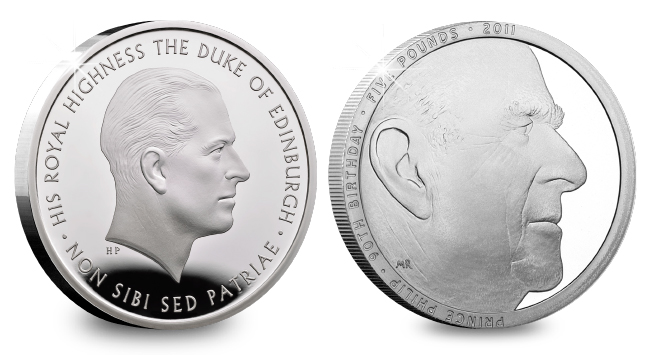
First Job – new coin designs
Not only does the Duke feature on a number of UK coins, he also had a hand in the creation of new coins too!
On 21 March 1952, just weeks after the Queen’s accession to the throne, Prince Philip attended his first meeting as President of the Royal Mint Advisory Committee on the design of coins, medals, seals and decorations (RMAC); a role that he would hold for the next 47 years, until his retirement in 1999.
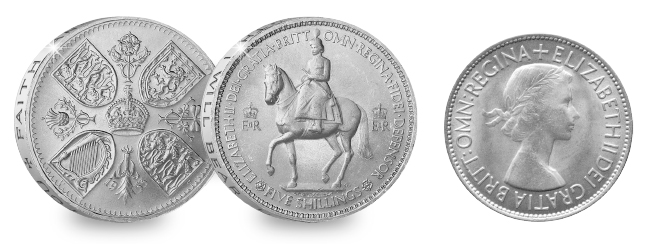
A keen artist himself, the Prince’s first job was to oversee the selection of the Queen’s portrait to ordain her new coins. An uncrowned Queen was chosen from a field of seventeen designs, giving Nottingham born sculptor, Mary Gillick, the honour of creating the most seen portrait of the new Queen.
Equally importantly, the young Prince oversaw the design of the most important coin of the moment – the Coronation Crown, featuring Gilbert Ledward’s Queen on horseback on the obverse and Edgar Fuller’s reverse design containing the Coats of Arms of the constituent nations of the United Kingdom.
The UK’s biggest ever currency change
Gillick’s design remained on pre-decimal coinage until 1970, when Prince Philip was involved in another huge coinage milestone – the introduction of decimalisation.
The process required a complete redesign of Britain’s coinage as well as an updated effigy of Her Majesty, designed to help the new denominations stand out.
The RMAC selected Royal Academician Arnold Machin to sculpt the Queen, this time wearing a tiara. However, it was the reverse coin designs that were perhaps more significant.
A “monstrous piece of metal”
Under Prince Philip’s presidency, the RMAC started to work in top secret on designs as early as 1962, before there was any official government announcement confirming decimalisation.
The final designs were created by Christopher Ironside and featured heraldic elements of the United Kingdom. But it was the new 50p coin – introduced to replace the 10/- note – that caused the greatest stir, with its unique heptagonal (7-sided) shape.
Now Britain’s most popular coin with collectors, that was certainly not the case on its launch with one newspaper calling it a “monstrous piece of metal” and a retired colonel even starting Anti-Heptagonist movement.
In the 28 years that followed Decimalisation, Prince Philip guided the RMAC through two more effigies, Raphael Maklouf (1985 – 1997) and Ian Rank-Broadly (1998 – 2015), as well as the launch of 20p, £1 and £2 coins into circulation and numerous commemorative issues.
Prince Philip will be remembered for many things – and among them we will remember him as the man who has had more influence over the nation’s coins than any other.
With the release of the new Prince Philip £5, his legacy continues to live on as we celebrate his incredible life and achievements.
Secure your Prince Philip £5 Set today!
Today, you have the opportunity to secure the brand new 2021 UK Prince Philip £5 in Brilliant Uncirculated quality, alongside the 2017 Prince Philip £5 and the 2017 Platinum Wedding £5 coins to make the perfect Prince Philip £5 Set.
Your coins have been struck to a Brilliant Uncirculated finish and protectively encapsulated in official Change Checker packaging to preserve for generations to come.
A real collector’s set, these coins pay a special tribute to the Prince who will forever be remembered as a treasured member of British royal history.
Which Alan Turing £50 notes should you be looking out for?
On the day that would have been Alan Turing’s 109th birthday, The Bank of England have just issued their final banknote in the polymer series, celebrating the famous scientist and mathematician.

The brand new £50 note is full of exciting design and security features, including:
- A photo of Turing from 1951 which is part of the National Portrait Gallery’s collection,
- A design of Turing’s trial model of his famous Automatic Computing Engine (ACE) Pilot Machine,
- Technical drawings for the British Bombe,
- Ticker tape depicting Alan Turing’s birth date (23 June 1912) in binary code, and
- A large see-through window depicting a metallic microchip image with clovers around the outside in dedication to Bletchley Park, where Turing conducted most of his work in WW2.
You can find out more of the exciting features on the UK’s first-ever polymer £50 note here >>
Or, you can watch our video below!
Keen collectors will be eager to hunt down the most sought-after serial numbers for the new note.
When the UK’s first polymer £5 note was released in September 2016, serial numbers became the talk of a nation and stories of early serial numbers selling for thousands of pounds were commonplace.
In fact, an “AK37 007 James Bond Bank of England Polymer £5 note” even sold for £5,000 on eBay – 1,000 times its face value!

But as this brand new £50 enters circulation, which serial numbers should you be looking to get your hands on?
AA01 – the first notes to be printed
AA01 are the first serial numbers to be printed and always prove popular with collectors.
Our eBay Tracker follows the prices of the UK’s Top Coins and Banknotes, including the AA01 polymer £5 and £10 notes, which are currently selling for £10 and £15 respectively. However when the notes were first released we saw a collecting frenzy, with people paying (and demanding) vastly inflated prices for low serial number notes.
Prefixes on the £5 notes started at AA and there are 60 notes on a sheet, AA01- AA60. For each of these cyphers there are 999,000 serial numbers printed: 000001 to 999000. Therefore for the first AA cypher there’s an incredible 59,940,000 notes!
Whilst the £50 note is larger than the £5, meaning less notes will be printed per sheet, there are still A LOT of combinations for AA cyphers on the new £50 – so make sure you keep your eyes out for them!
However, The Bank of England will always hold back some of the notes with the earliest serial numbers, donating them to people or institutions that were involved in the development of the note or who traditionally receive a note when a new series is issued.
For example, Bletchley Post Office was one of the first places to have the new £50 note today, in recognition of the the work done by Mr. Turing and his team at Bletchley Park.
Key dates to look out for
It’s always worth looking out for certain serial numbers matching key dates relating Alan Turing that could become collectable.
For example, 23 061912 represents Turing’s date of birth, whilst 07 061954 relates to his death and 19 121954 would be his birth and death combined.
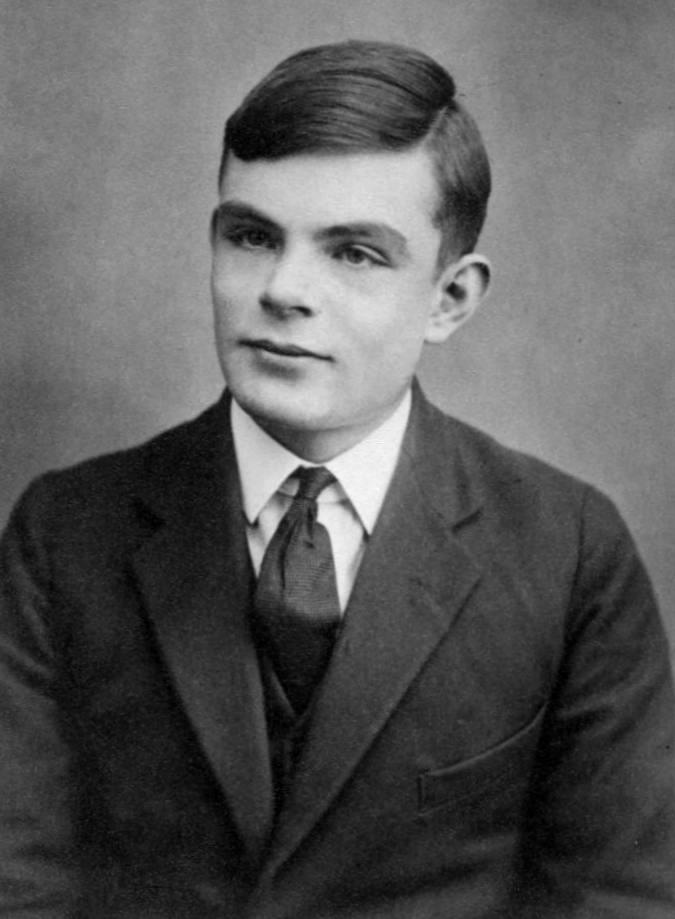
True Turing fans might also look for 09 071941 representing the date that the enigma code was cracked by Turing and his team at Bletchley Park during WW2.
Novelty numbers and Consecutive notes
There may well also be a rush to find the AK47 serial numbers again and James Bond 007 will likely be popular once more.
Consecutively numbered notes are always interesting to collectors too – one man sold three consecutive AA01 notes for £456!
Q&A
Can you request specific serial numbered notes from the bank?
Sadly not. For the launch of the new £5 note 440 million banknotes were printed and these were printed in very large batches.
To print enough banknotes to service the country’s 48,000 ATMs for example, it’s just not possible for the bank to separate certain serial numbers.
How much should I pay for a new £50 note?
The simple answer is, it’s completely up to you. An early serial numbered £50 note will be a genuine piece of the country’s history. It’s likely The Bank of England will hold an auction of early editions, so if you have the disposable income, why not?!
Will the old paper £50 note still be legal tender?
You will still be able to use the paper £50 note until The Bank of England withdraw it from circulation on 30th September 2022.
Many banks will accept withdrawn notes as deposits from customers. The Post Office may also accept withdrawn notes as a deposit into any bank account you can access at the Post Office. And, you can always exchange withdrawn notes with The Bank of England directly.
Where will I be able to find the new polymer £50 note?
Whilst not all cash points will offer the option to withdraw a £50 note, most banks should be able to provide you with one. It’s worth ringing your local bank in advance to check they have the new note before setting out to collect it.
Will you be looking out for any particular serial numbers? Let us know in the comments below!
Store, Protect, and Present YOUR Polymer Notes with the Polymer Banknote Collecting Pack!
The Change Checker Polymer Banknote Collecting Pack has space to securely house all four of England’s polymer banknotes, including:
- 2016 Sir Winston Churchill £5 Polymer Banknote
- 2017 Jane Austen £10 Polymer Banknote
- 2020 JMW Turner £20 Polymer Banknote
- 2021 Alan Turing £50 Polymer Banknote
Within your collecting pack we’ve also included ID cards for each note, an information page about the new banknotes, and a Change Checker album.
With the release of the final £50 polymer banknote in 2021 and the completion of the Bank of England’s polymer banknote update, now really is the perfect time to start collecting!




